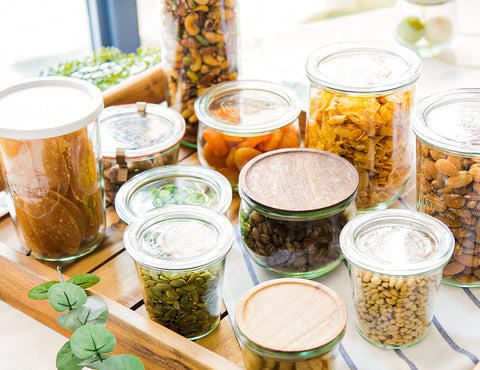
There are several key differences between sourdough and other types of bread.
Wild Yeast vs Commercial Yeast
Sourdough is made with a starter culture, which is a mix of flour and water that contains wild yeast and bacteria. This starter culture helps to leaven the dough and give it a unique flavor.
Other types of bread, such as yeasted breads, use commercial yeast, which is a single-celled organism that is added to the dough to help it rise. Before industrialisation and the availability of commercial yeast, people used sourdough to make bread.
Time Matters....
Sourdough bread also takes longer to rise than other types of bread, due to the fact that the wild yeast in the starter culture needs time to work its way through the dough. This slow fermentation process also contributes to the unique flavor.
Sourdough bread has gained popularity in recent years as more people become interested in baking their own bread, especially during the Covid-19 pandemic.
It can be a bit tricky to make, but the process is very rewarding. The end result is a delicious and healthy loaf of bread that is perfect for any occasion.

Student's Discover has a lovely infographic on the Science of Sourdough
Health benefits of sourdough bread
There are many health benefits associated with sourdough bread. The slow fermentation process allows for the production of beneficial compounds, such as lactic acid and acetic acid. These acids can help to improve digestion and gut health. Sourdough bread is also a good source of prebiotics, which are important for gut health.
Commercial yeast breads are less healthy because the fermentation process is much shorter, so the beneficial compounds are not produced in as great of quantities.
Sourdough bread is also lower in gluten than other types of bread. This is because the fermentation process breaks down some of the gluten proteins. This makes sourdough bread a good option for people who are sensitive to gluten.



Comments (0)
There are no comments for this article. Be the first one to leave a message!